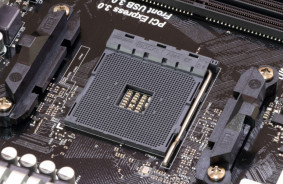Thanks to the Airbus subsidiary AALTO and a consortium led by the Japanese mobile operator NTT Docomo, in 2026, airborne mobile base stations will appear over Japan. To implement this project, the consortium, which includes Space Compass, Mizuho Bank, Development Bank of Japan with NTT Docomo at the helm, will invest $100 million in AALTO.
AALTO is the manufacturer of the Zephyr High Altitude Platform Station (HAPS) - a solar-powered, fixed-wing UAV designed to operate in the stratosphere, where it provides mobile connectivity and Earth observation services. The technology has been developed for over 20 years and has improved from a flight duration of about 6 hours at an altitude of 9000 meters to the ability to stay at an altitude of 20,000 meters for 90 days.
According to AALTO, the financial injections will allow to expand the coverage of mobile network operators, reduce network coverage gaps, and support Japan's disaster response system.
Space Compass believes that airborne networks can solve connectivity problems in hard-to-reach areas, of which Japan has many due to its mountainous terrain.
The declining population of Japan is also one of the motives for implementing this project. It is expected to have the most impact on rural areas, which will still need services such as telemedicine, distance education, online economic activities, and reliable emergency notification channels. Without such connectivity, these population groups risk becoming victims of the digital divide.
Space Compass has long been collaborating with AALTO on demonstration flights and to incorporate drones and satellites into a broader ICT space infrastructure, which NTT has dubbed the "Space Integrated Computing Network."
Source: theregister













Comments (0)
There are no comments for now